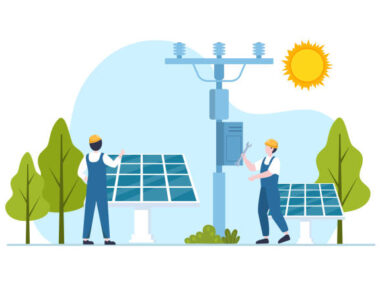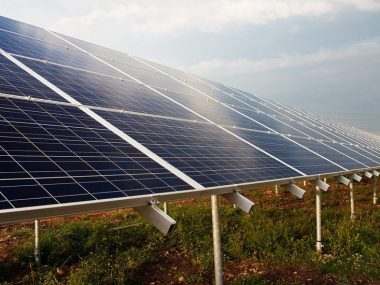Solar energy stands out as a clean electricity source, accessible through various methods, including solar panels. Despite its advantages, there are limitations, notably the reliance of solar panels on weather conditions for energy generation. Concerns often arise regarding how rain or clouds might affect solar panel performance, especially for those considering solar power installations.
It’s important to recognize that solar panels are engineered to operate in diverse weather conditions. Contrary to common belief, they can still function effectively even during cloudy weather or when rainwater is present. While the prevailing misconception suggests that solar panels solely thrive in direct sunlight, they do necessitate a minimal level of sunlight to initiate operation.
This article aims to dispel such uncertainties and misconceptions, providing clarity on how solar systems can adapt to various weather conditions to enhance efficiency and effectiveness. Understanding these dynamics better can empower individuals to optimize their use of solar energy systems regardless of weather fluctuations.










